[Op-Ed] COLOMBIAN ORINOQUIA IMMENSE PLAINS, ARPA, JOROPO, ANCESTRAL PEOPLES
In this article, we will travel through the Colombian Orinoquía region, also known as “Llanos Orientales”.
MORE IN THIS SECTION
In this article, we will travel through the Colombian Orinoquía region, also known as “Llanos Orientales”. Its name refers to the hydrographic basin of the Orinoco River that bathes it.
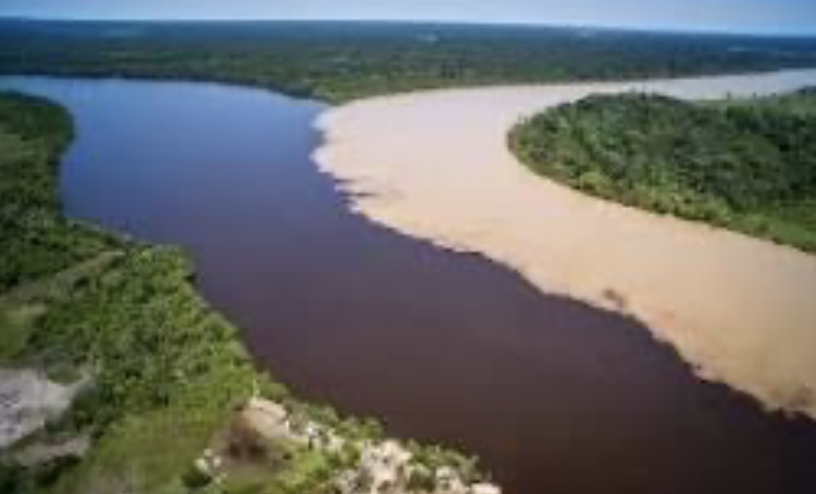
Photo 1. The Colombian Orinoquía, bathed by the Orinoco River. Source
To say Orinoquía is to name a flat area of immense savannas and gallery forests, that is, forests that extend along rivers. The Orinoquía is located in eastern Colombia, it includes the Departments of Meta and Vichada and part of Guainía and Guaviare to the west of the Meta River and extends to the Orinoco River in the form of natural savannahs, interrupted by strips of Gallery forests, alluvial terraces that extend from the mountain range to the Metica River, bordering to the north and east with Venezuela, to the south with the Amazon and to the west with the Andean region.
THE ORINOQUÍA IS INDIGENOUS PEOPLES WHO STILL SUFFER UNNAMABLE VIOLENCES.
Experts on indigenous peoples of the Orinoquía have identified four large linguistic families to which different ethnic groups belong: Guahibos - Sikuani ethnic group -, Arawak - Achagua, Piapoco, Curipaco -, Sáliba - Sáliba, Piaroa - and Chibcha - Tunebo-; in the jungle area.
And extreme violence has been committed against these towns. One of them, the one that occurred not long ago, referred to a practice in the eastern plains called "Guajibiar", which consisted of a diversion for the “good people” to go out at night to hunt Guahibos indigenous people, in their reservations or hamlets. This story is told by the writer Silvia Aponte in the novel “Las guajibiadas”. Below are some fragments of the text:
They began the search again for that town of indigenous people, reunited in those green regions; There was still a lazy gloom among the vegetal respiration. […] “I already saw them” –the foreman shouted. And as he descended, he informed them: “As evening falls, we fall us on them”
In a silent and fast journey like a great anaconda, the Ariporo River slides into its own jungle. In the basin of this river, small, flattened huts were lined up, denouncing its recent foundation due to the greenish color of the joints. Potbellied children of Guahibos people, ran around the spaces of the branches, playing with an iguana tied by the tail; A group of young men were working the cumare rope for the weaving hammocks, and some old men with parchment-like skin seemed to be meeting in council, while outside the huts several women were talking around a large bonfire that provided performance for everyone in their task of roasting monkeys, with the heat of the flames.
And then…
A fierce clatter of Winchesters, carbines, revolvers, Mausers and whatever weapons were provided by Mr. Stell to the “vaqueros”, shook the forest, eliciting bird screeches and cries of terror. A disconcerting confusion took hold of the Guahibos community; Some managed to take their weapons and fled through the semicircle of fire camouflaged in the trees; Other unfortunate people threw themselves into the plagued waters of the river, finding immediate death. In the confused language, cries of warning were exchanged: –Blanco típare moya! Picúre típare moya! […] (Silvia Aponte 1.995)

Photo 2. Extensive livestock farming is the main economic activity in the Orinoquía. Source
THE ORINOQUIA IS ALSO, MAJESTIC ECOSYSTEMS HABITATS OF DIVERSITY OF FAUNA AND FLORA SPECIES
The Orinoquía is also a diversity of ecosystems and species, as in general are all the natural regions of Colombia. The ecosystems of this region are jungles and humid forests but also low vegetation, known as undergrowth, extensive plains with more than 200 species of grasses and moors, habitats for a great diversity of fauna and a multiplicity of wild animals and especially a great diversity of fishes. . 258 fish species have been identified, as well as deer, chigüires, monkeys, corocoras, macaws, tigers and snakes such as the anaconda and the boa constrictor. Its flooded savannas are also the perfect habitat for the Orinoco caiman, turtles and amphibians.
THE ORINOQUIA IS THE JOROPO THAT IS DANCED AND SONG, IT IS SPORTS AND GASTRONOMY TRADITIONALS
The most characteristic manifestations of the inhabitants of the eastern plains are the joropo (typical dance and music), the llanero poem, traditional customs and knowledge, their native gastronomy, the “coleo”, their popular festivals and livestock farming as their main activity. economical.
The meat of young calves is used to prepare “mamona”, one of the dishes most desired by locals and foreigners.
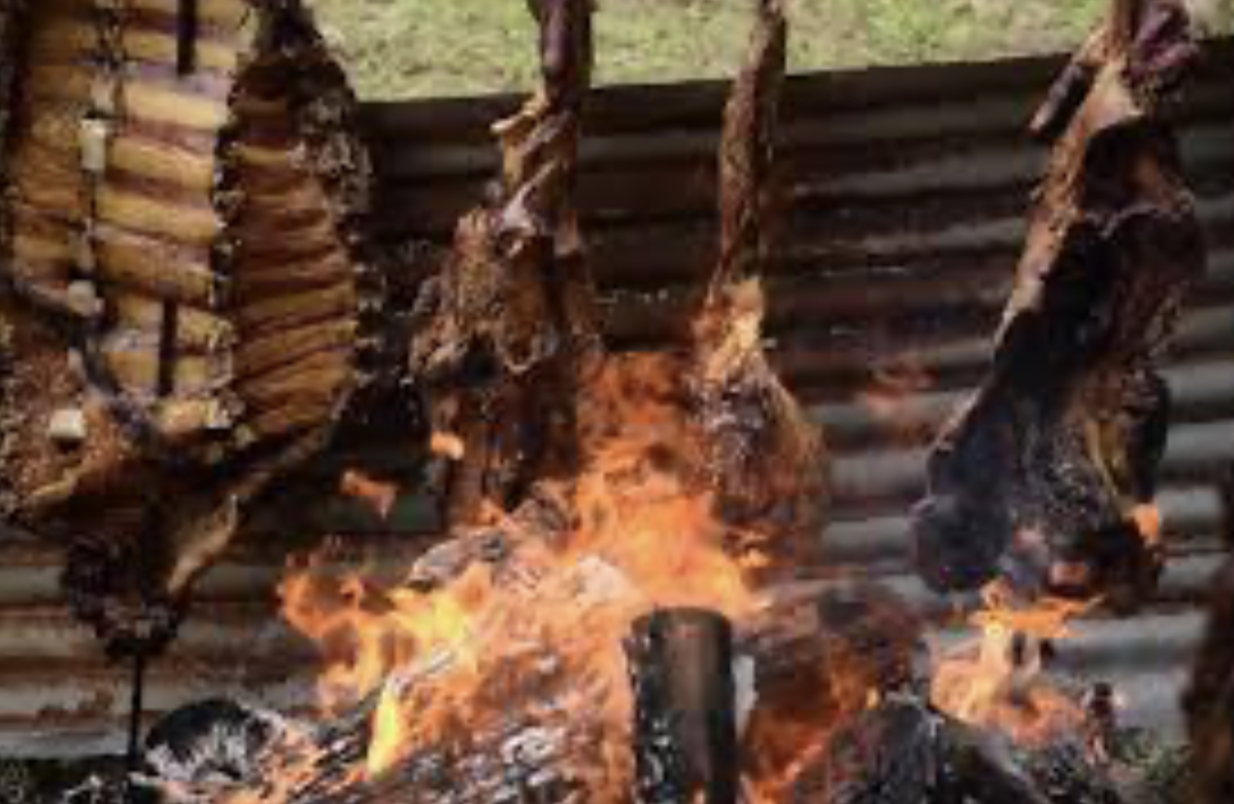
Photo 3. The mamona or llanera meat is prepared between flames. Source: https://stock.adobe.com/es/search?k=orinoquia&asset_id=621335686
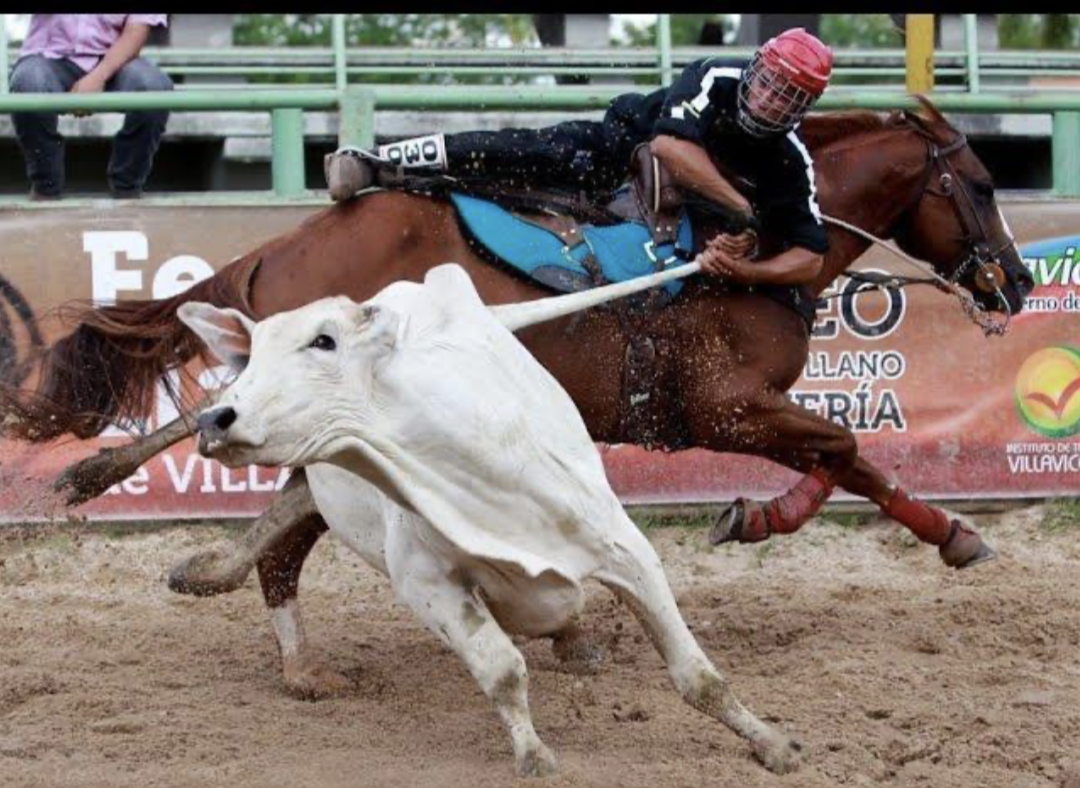
Photo 4. The "coleus" in the eastern plains. Source
“Coleus, the cowboy tradition that became a sport in Colombia, is a cowboy tradition that is enjoyed with passion in the Llanos of Colombia. It is a duel between riders on horseback and cattle weighing up to 500 kilos. On a track or sleeve of dirt and mud, reminiscent of a Roman circus, the cowboy knocks down and turn, around of cattle, held by the tail in dignified maneuvers. of tightrope walkers. The cattle are gathered in a corral waiting for their turn to leave. Meanwhile, more than 9,000 fans await the rider's feat, loaded with bottles of liquor and under the bright sun of the Eastern Plains, in an atmosphere enlivened by the typical music of that region, in which the harp predominates." (Example)
Coleus, although it has detractors, me among them, is a well-organized sport in the Orinoquía. Has its maximum expression in the "World Meeting", held in Villavicencio, capital of the department of Meta and in which cowboys from Venezuela, the United States participate, Costa Rica, Cuba, Panama and Mexico.
A cultural aspect of the plain is the joropo that is danced and sung. One of the most beautiful joropo is “AY MI LLANURA” by ARNULFO BRICEÑO, who sings to us about this space of freedom that is the plain: Some asides from the song:
…Oh, my plain
RELATED CONTENT
Green spell where the blue of the sky
It blends in with your floor
In the immense distance
At dawn
The sun kisses you and from the estuary to the morichal
The herons split the air
.. Oh, my plain that whispers in the palm trees
A song of freedom……
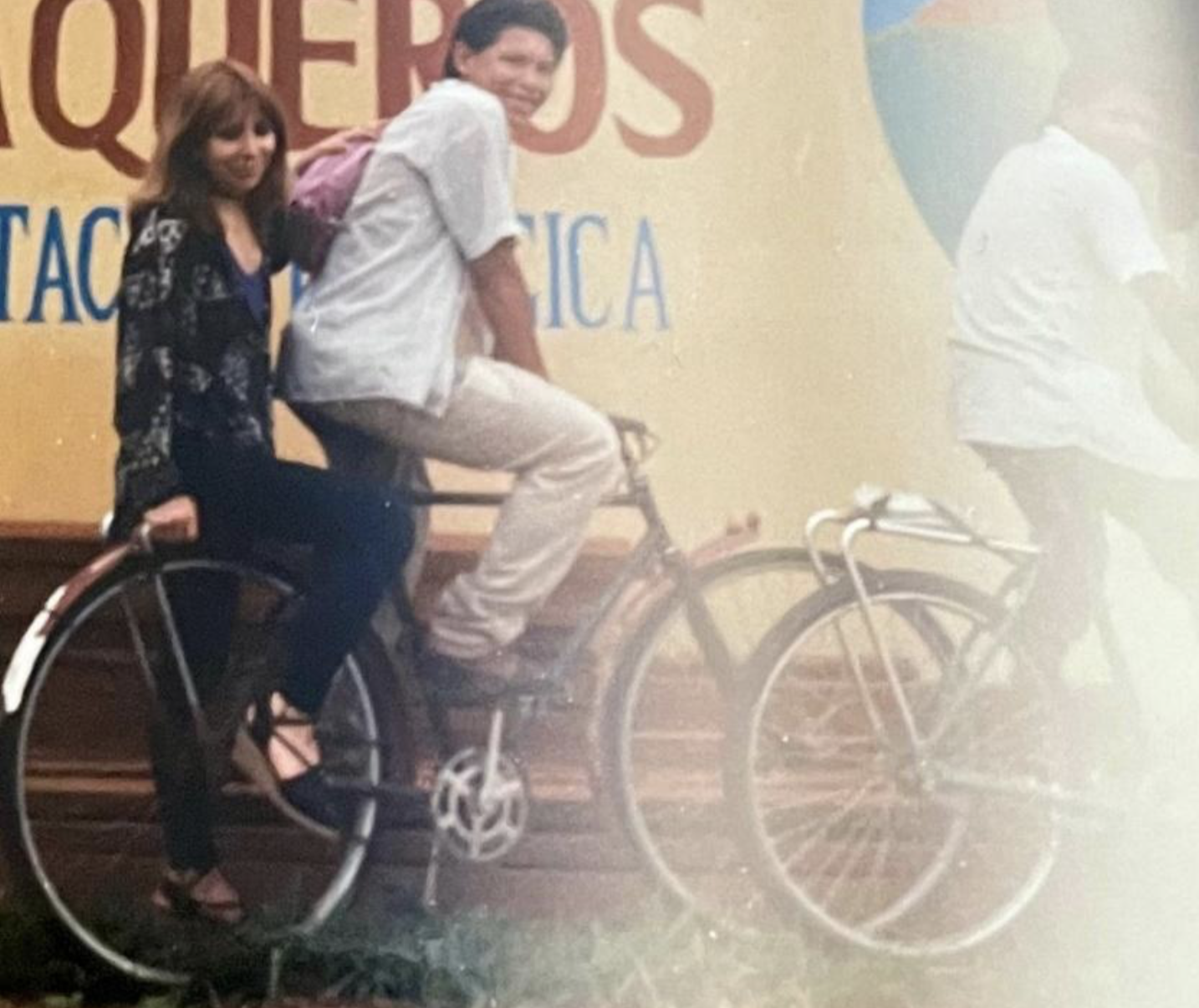
Photo 5. Lucía Vásquez Celis and indigenous youth in the Orinoquía. Almost two decades ago. The bicycle becomes a means of transportation in the summer of the Orinoquía.
With this article I culminate the cycle of the imperfect natural and cultural history of Colombia. In the 7 articles they were able to learn, in general terms, the ecosystem diversity and species of fauna and flora, as well as, roughly speaking, the history of conflicts and resistance processes that take shape in the territories of the socio-natural regions of Colombia.
The Historian Ricardo Sánchez Angel, in his book “Hacia la Independencia, De la Colonia a la República Derechos, Multitudes y Revolución”, teaches us in a profound way the history of resistance and freedom built, in an intertwined way, between community processes of indigenous peoples, the immense and immersed skin of Africanus and mestizos. Read this excellent book¡
In new articles I will address various topics that will surely be of interest to you. I hope you continue reading me and share your feelings and recommendations.



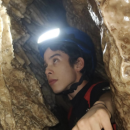

LEAVE A COMMENT: